What can I remember of my first trip to Austria, some 20 years ago? Tyrolese mountains, jagged and austere; hooves clattering on Salzburg’s cobbled streets; the frothing rush of verdigris waters. And a courgette soup.
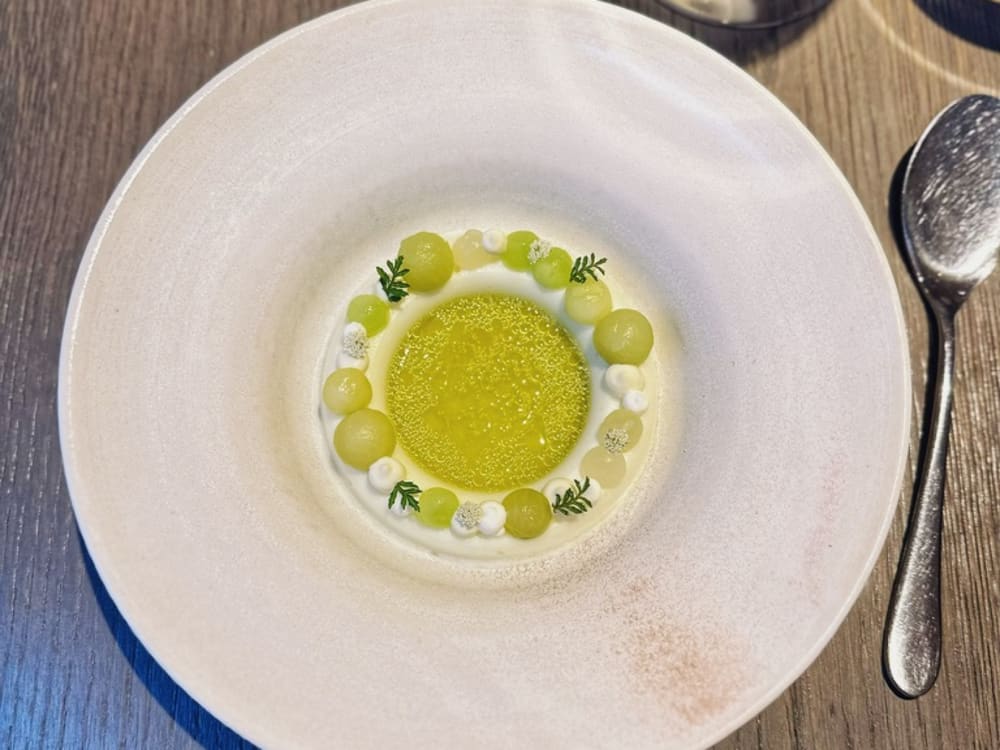
Some dishes stay with you for a lifetime. Like this soup – a pistachio-green velouté served in the candle-lit dusk of a guesthouse terrace. A road trip had taken my Austrian boyfriend and I from his family’s home in Tyrol to the Danube valleys, skirting hilltop castles and evergreen forests, making pit stops along the way for the local take on meat and carbs.
Each menu featured the same staples: speck (cured pork), knödel (boiled dumplings), speckknödel, and a myriad beige interpretations of schnitzel and potatoes, dressed with a few symbolic green leaves. After a week of this mountain-dweller’s diet, the courgette velouté had tasted of salvation – but I’d gone home disappointed with Austrian cuisine.
So it was with some trepidation that I landed in Vienna this summer, unable to resist an invitation to follow a celebrity chef around for a couple of days. Paul Ivić – the top vegetarian chef you might not have heard of yet – has been making quiet waves with his ‘root to leaf’ take on fine dining at his restaurant Tian.
Four Gault & Millau toques, one Michelin star and one Michelin green star in, he seems to be doing something right – so what does it take to stay creative in a city so enamoured with tradition?
It all, naturally, starts with the produce. Our tour kicks off an hour’s drive from Vienna at Andert Wein, a wine producer a stone’s throw from the Hungarian border. Michael Andert – one half of the brother duo behind the boutique vineyard – greets us, barefooted, for a tour of their smallholding. It’s a tiny, charmingly ramshackle plot.
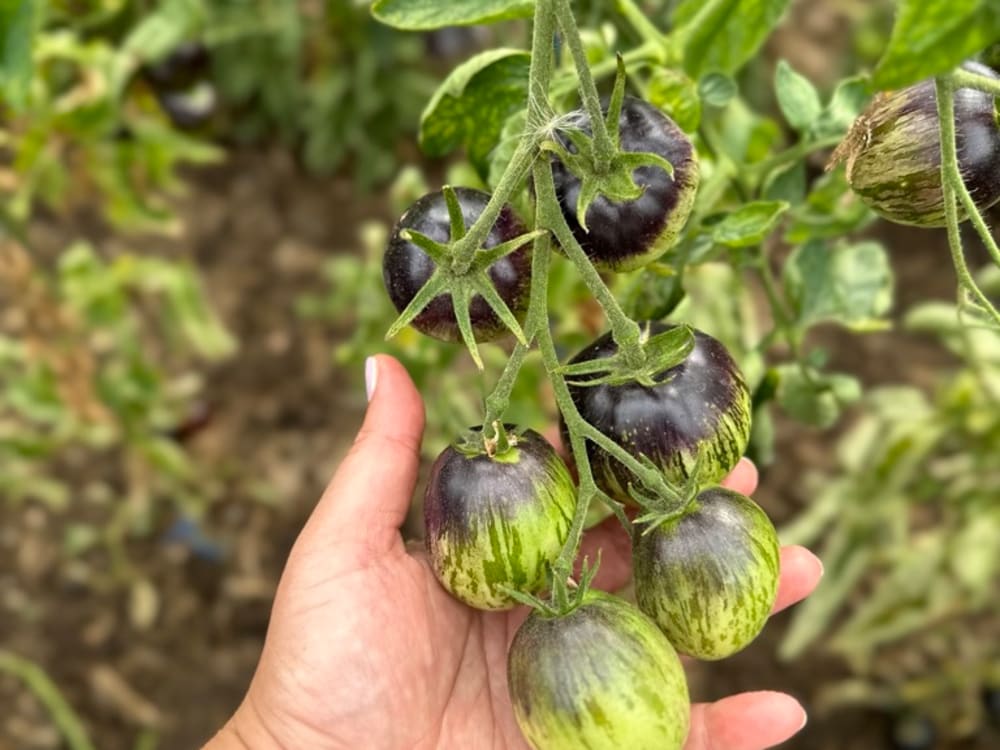
Two rows of vines, some fruit trees, a chicken coop, a small herd of long-horned goats, a vegetable patch and an outdoor oven – enough for some 30,000 bottles of low-intervention wine and juice a year, plus the occasional feast (the previous weekend, the Anderts had hosted a pop-up-dinner by Japanese chef Yoshie Itasaka).
Chef Paul plucks samples for us to taste: small yellow plums, wild fennel flowers, jalapeños. In the shade of a handsome walnut tree, we’re treated to an alfresco lunch that doesn’t get more farm-to-table. Michael has slaughtered one of his cockerels and braised it with fresh herbs and whole carrots, roots and all.
There’s a garden salad dressed with home-pickled grapes, plus crushed new potatoes, slices of warm apricot cake brought over by Michael’s mother, and of course lashings of excellent Andert wine. Here, I sense, is the heart of what Paul Ivić tries to distil on a plate: a warm and generous welcome, a connection to nature, and the simple joy of gathering around a laden table.
Our next stop is Stekovics, where husband and wife Erich and Priska are the self-appointed custodians of a living library of seeds preserving thousands of varieties of heirloom tomatoes, chilis, peppers, garlic and onions.
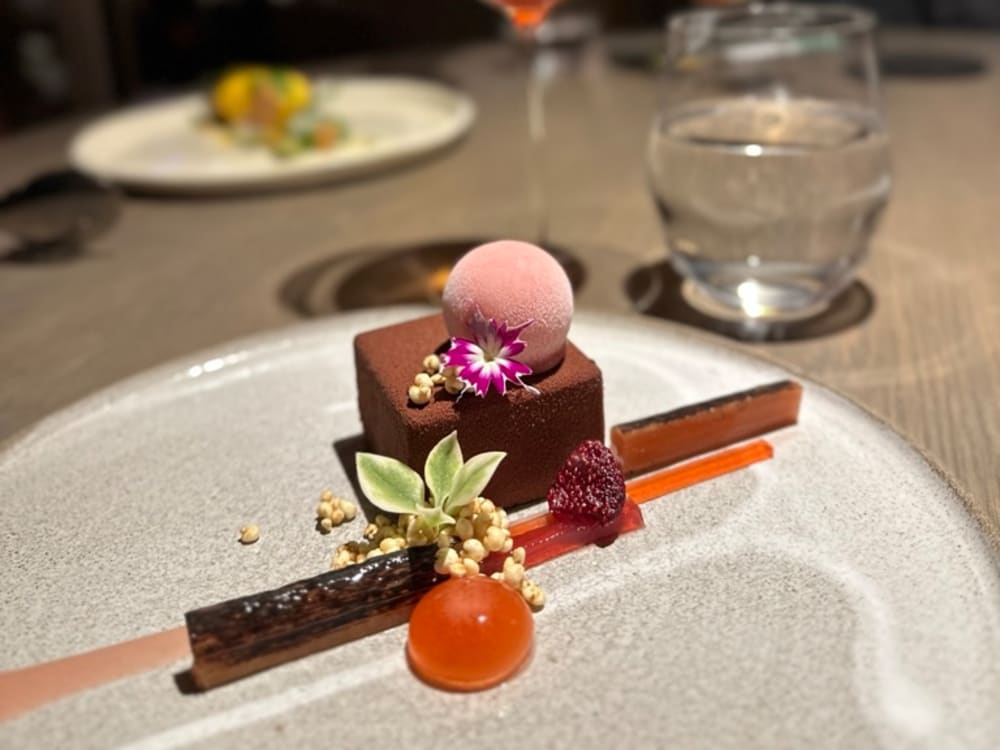
We follow Priska through fields and greenhouses (tours of the estate are available in season), gratefully accepting a taste of the bounty grown there. Could there be a greater snack than warm tomatoes plucked straight from the vine?
That evening, at his small plates restaurant Tian Bistro, chef Paul slow-poaches a handful of these sweet-scented jewels for us in olive oil, butter and purple basil – arguably the most joyful dish of the trip.
The following morning, we hit the road again for a crash course in biointensive growing from IT manager turned farmer Robert Brodnjak. His passion for forgotten vegetables has paid off: his farm Krautwerk now grows vegetables to spec for Vienna’s finest restaurants, from celery roots to shiso leaves and obscure varieties of carrots.
Which brings us to the tasting menu at Tian. We’re pampered from the first amuse-bouche to the last bite of chocolate truffle. Award-winning sommelier André Drechsel pairs each course with a playful flow of fresh juices, kombuchas and natural wines.
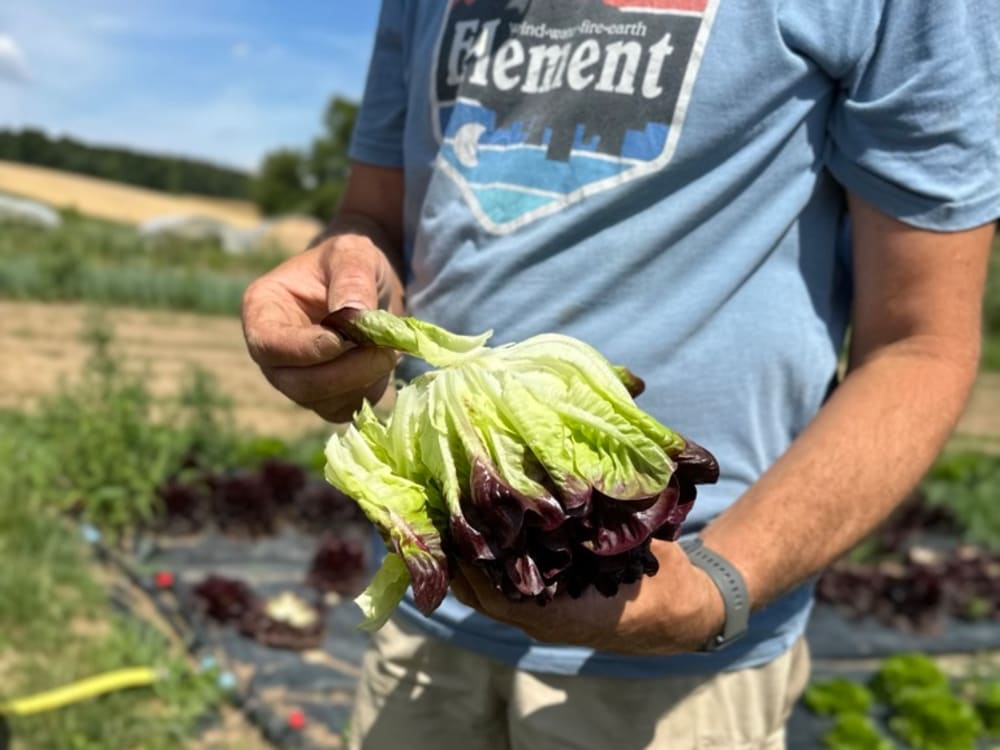
I’m reminded of that picnic table, under the walnut tree, of the care and devotion with which each producer showed us the goodness of their soils and the deep roots of their practice. An early course of iced cucumber, marigold and makrut lime, I tell chef Paul, feels like slipping into a bathing pond, the first shock of cold slowly giving way to silky, slippery depths.
My advice? Dive right in – there’s not a speckknödel in sight.
THREE MORE FOR THE ROAD
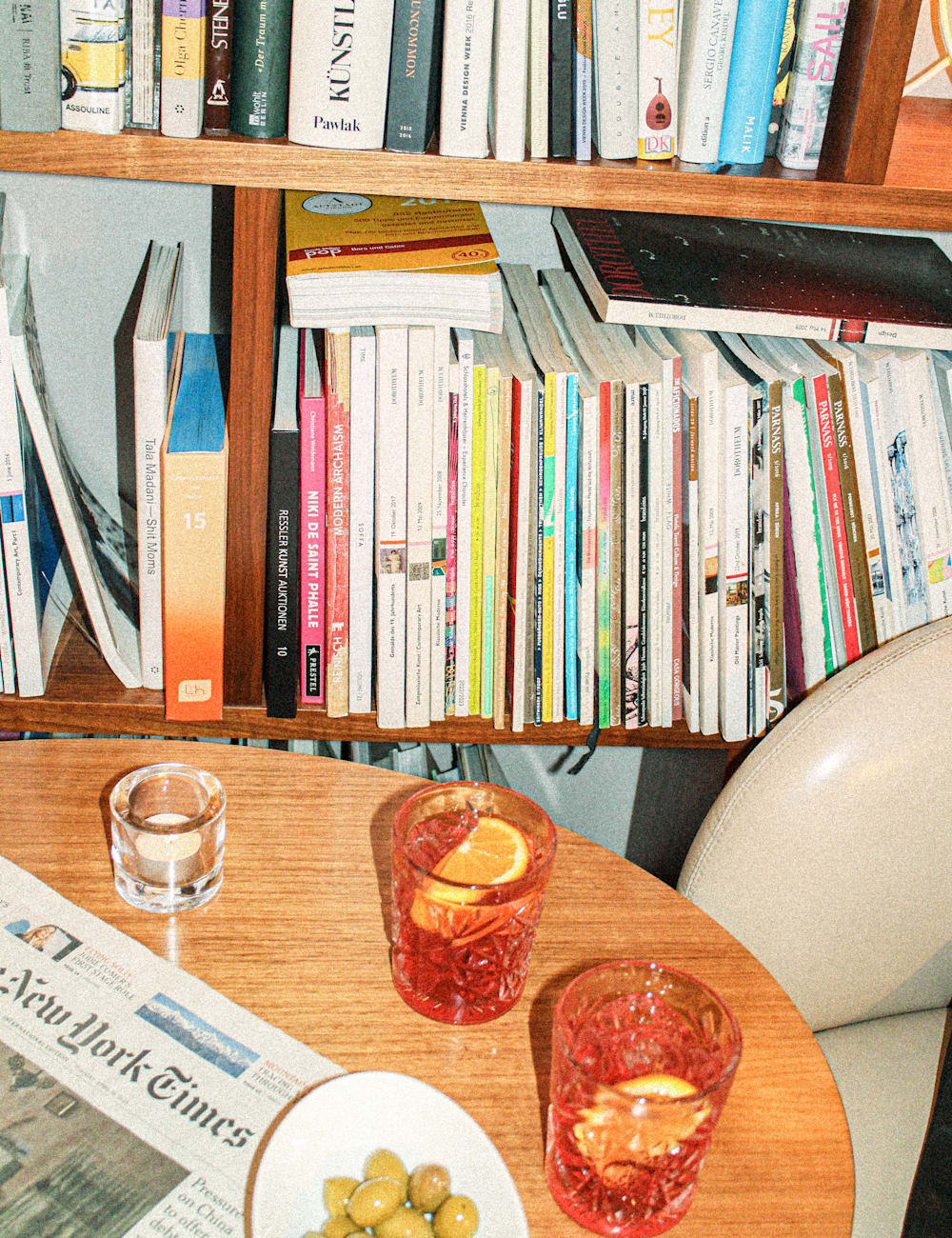
There may be champagne on the menu and cold brew behind the counter at Balthasar, but for a real pick-me-up order the affogato: soft serve swirled in a an elegant, tall-stemmed coupe, with a shot of strong, fragrant espresso poured carefully around it.
Sisters Susanna and Cecilia whip up a mean ice cream at Veganista. No prizes for guessing their gelateria’s USP, which hasn’t dented the popularity of their seasonal scoops. You’ll find no ready-made mixes or artificial flavours here – everything is made on site.
Once you’ve found your bearings in the maze of staircases, corridors and mezzanines, Altstadt Vienna is a hoot. There’s jazzy art on the walls, a rooftop honesty bar and terrace, and a free 4pm buffet of home-made cakes and throwback sweets.
Need a pick-me-up? Read our guide to the best Vienna coffee houses
French-Cambodian Madévi Dailly is a freelance writer and editor whose work has appeared in The Guardian, The Independent, High Life, Monocle and Lonely Planet, among others. Food editor for us here at Smith and former digital editor for Eurostar, she lives in London and visits her hometown of Paris whenever the pastry cravings get too strong.



